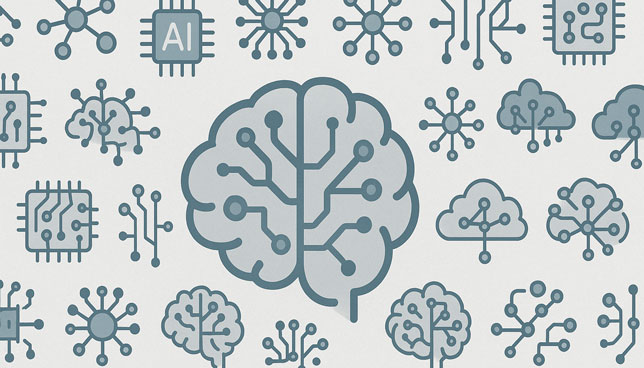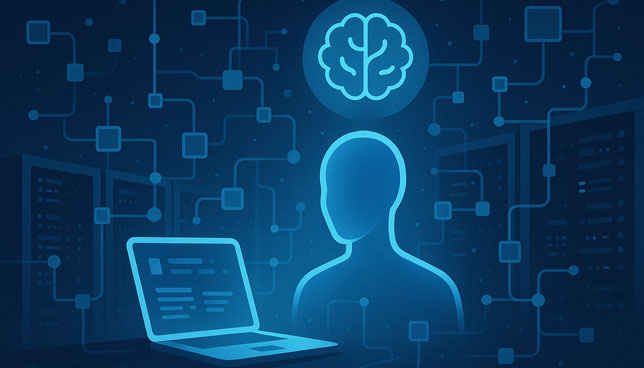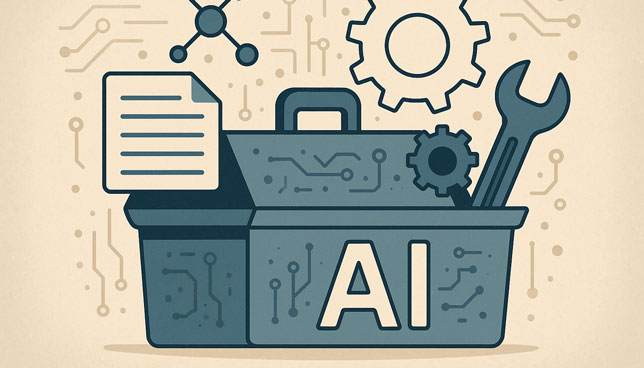
At its recent Cisco Live 2025 event, Cisco introduced AgenticOps, a transformative approach to IT operations that integrates advanced AI capabilities to enhance efficiency and collaboration across network, security, and application domains.

The Cloud Security Alliance has unveiled a new artificial intelligence-powered system that automates the validation of cloud service providers' (CSPs) security assessments, aiming to improve transparency and trust across the cloud computing landscape.

Meta CEO Mark Zuckerberg is forming a team focused on achieving artificial general intelligence (AGI), amid internal dissatisfaction with the performance of its current AI offerings. The team, known internally as the superintelligence group, is part of a broader effort to enhance Meta’s AI capabilities.

A recent report from OpenAI identifies the misuse of artificial intelligence in cybercrime, social engineering, and influence operations, particularly those targeting or operating through cloud infrastructure. In "Disrupting Malicious Uses of AI: June 2025," the company outlines how threat actors are weaponizing large language models for malicious ends — and how OpenAI is pushing back.

Adaptive learning company HMH has established an AI Educator Council that brings together teachers, instructional coaches and leaders from school district across the country to help shape its AI solutions.

Turing Award-winning AI researcher Yoshua Bengio has launched LawZero, a nonprofit aimed at developing AI systems that prioritize safety and truthfulness over autonomy.

Network automation firm Network to Code has introduced NautobotGPT, an AI-powered assistant aimed at helping enterprise network engineers create, test, and troubleshoot automation tasks more efficiently.

Common Sense Media has developed an AI Toolkit for School Districts, available to educators free of charge, that provides guidelines and resources for implementing AI in education.

A recent academic study found that as companies adopt AI tools, they're not just streamlining workflows — they're piling on new demands. Researchers determined that "AI technostress" is driving burnout and disrupting personal lives, even as organizations hail productivity gains.

The annual virtual conference from the producers of Campus Technology and THE Journal will return on Sept. 25, 2025, with a focus on emerging trends in cybersecurity, data privacy, AI implementation, IT leadership, building resilience, and more.